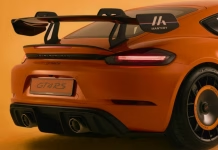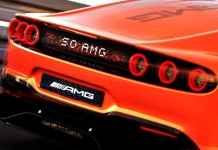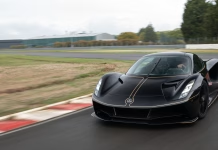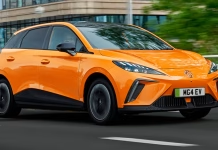Porsche Slantnose Revival Spotted Testing with Aggressive New Design

Why Car Thieves No Longer Target Radios in the Age of Infotainment Systems
Radios, you might have guessed haven't been an object of desire in car thieves since the advent of integrated infotainment systems took over the car market.

The Tulip: Netherlands Unveils Stunning One-Off Orange Porsche 718 Cayman GT4 RS
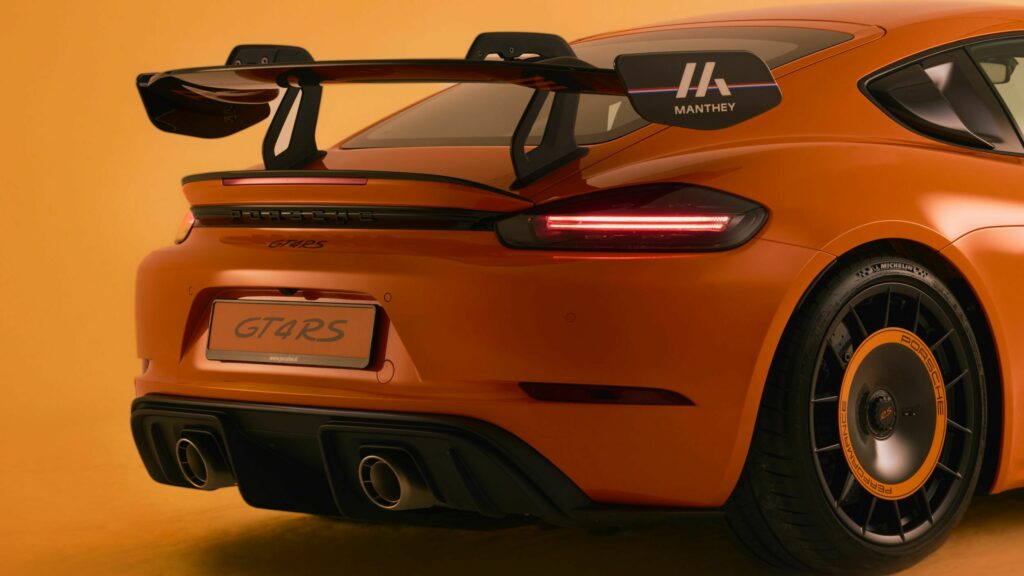
MotoGP Crew Returns to Track After Shocking Camera Crash Incident
Series organizers, seemingly deciding the incident was a fluke, sent the crewmember back to the same position on Sunday.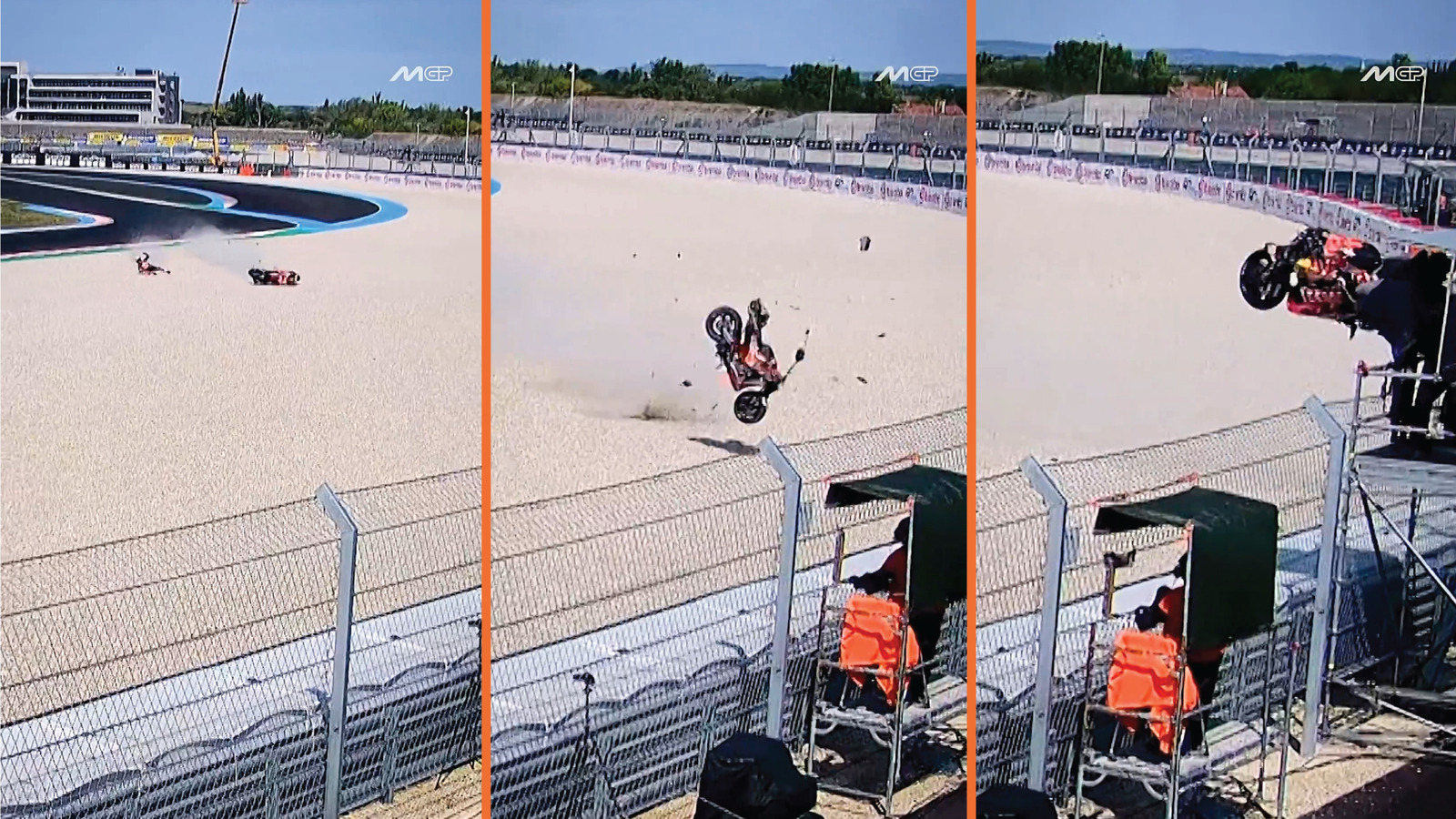

Mercedes-AMG GT XX Shatters EV Endurance Records with 25,000-Mile Nonstop Run
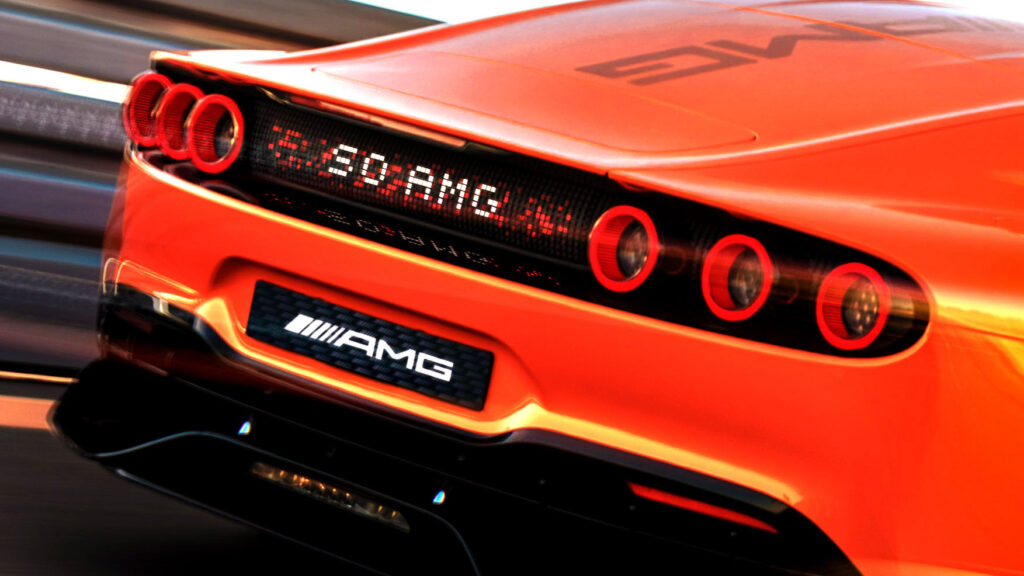
Lamborghini Unveils Bold Vision for Future-Driven Design
Lamborghini chief of design Mitja Borkert said the Italian automaker will look to the future, rather than the past, to inspire its upcoming designs.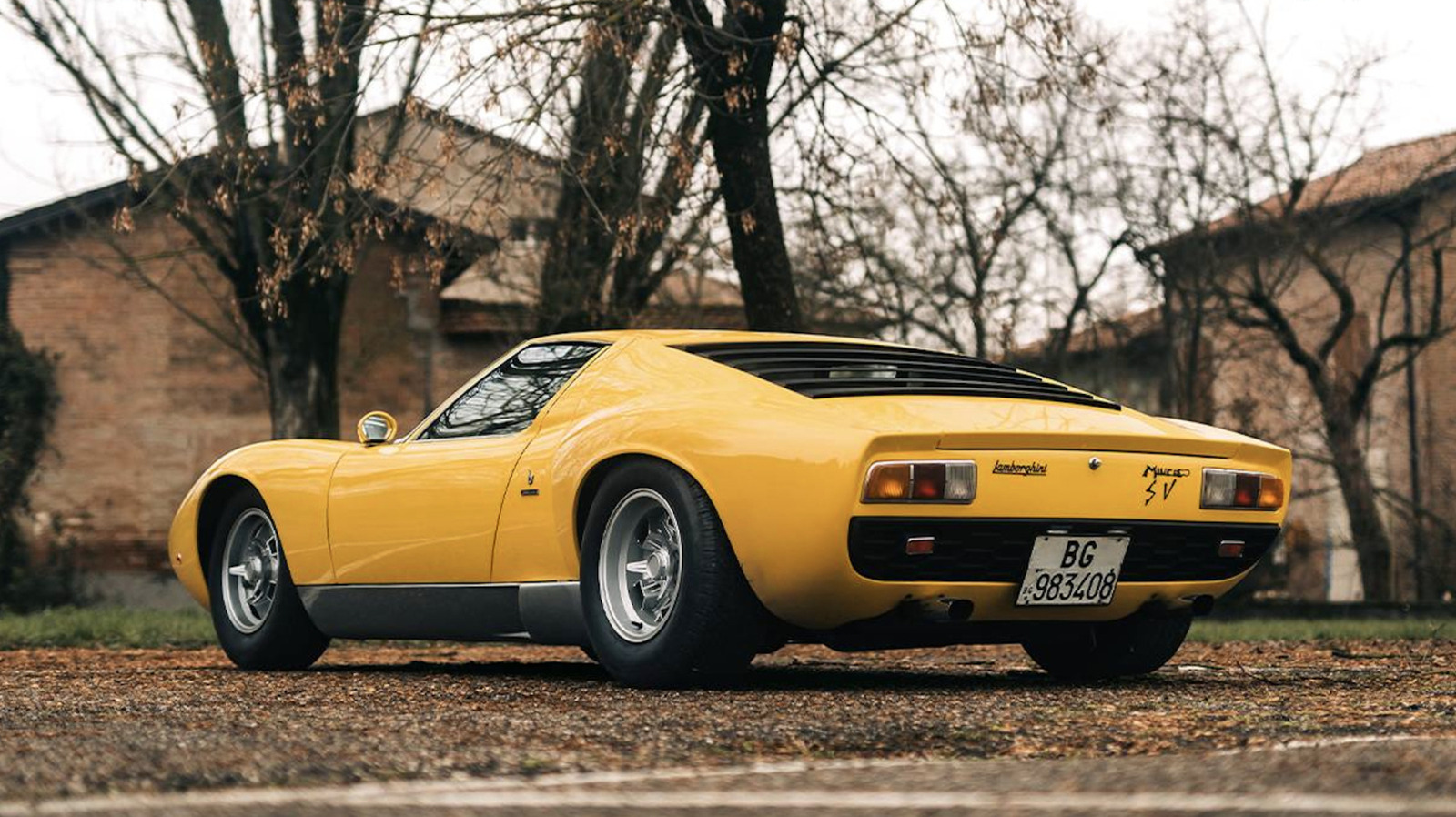

Illinois Redefines Bicycles: New Law Expands Protections for E-Bike and Trike Riders
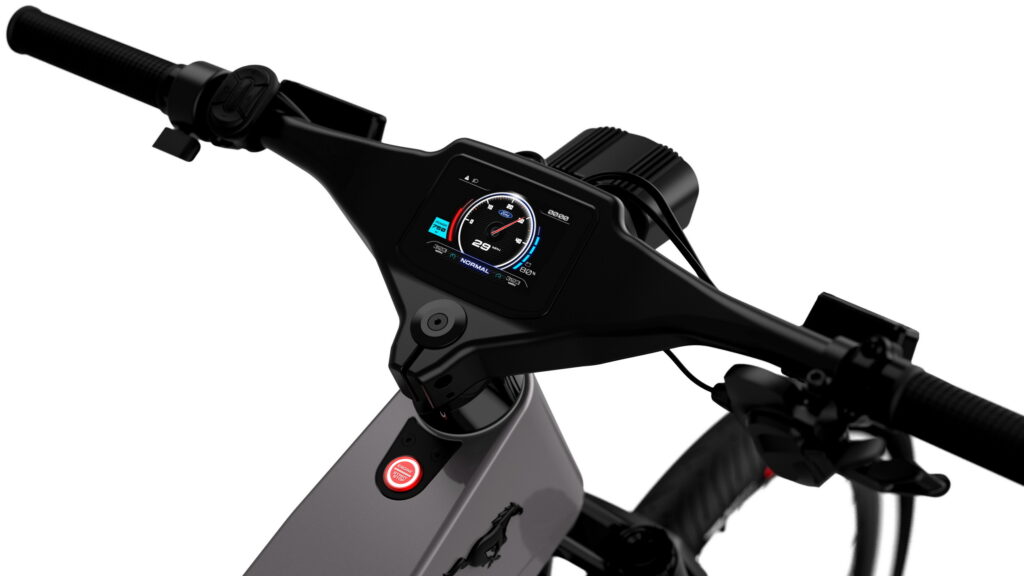
Electric Hypercars Fade from Spotlight at Monterey Car Week
The all-electric supercar with four-figure horsepower, once inescapable at Monterey Car Week, seemed like an endangered species this year.

Chinese EVs Reshape UK Market as Legacy Automakers Retreat from Affordable Segment
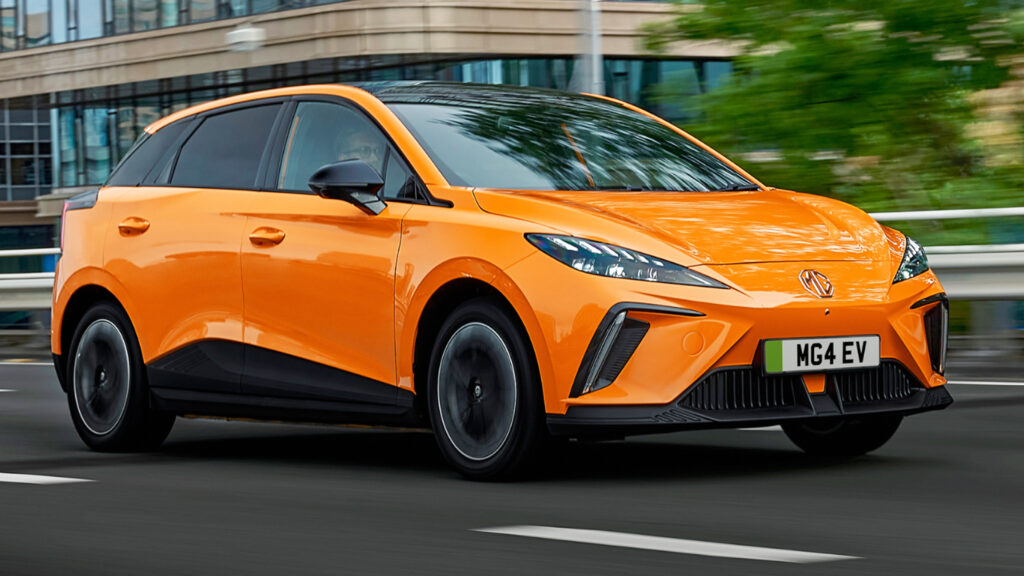
US-EU Trade Talks Could Bring European Cars and Honda Engine Probe to Spotlight
We're looking at an investigation into the proposed U.S./EU trade deal that could give us European-spec cars, as well as a Honda engine failure investigation.




